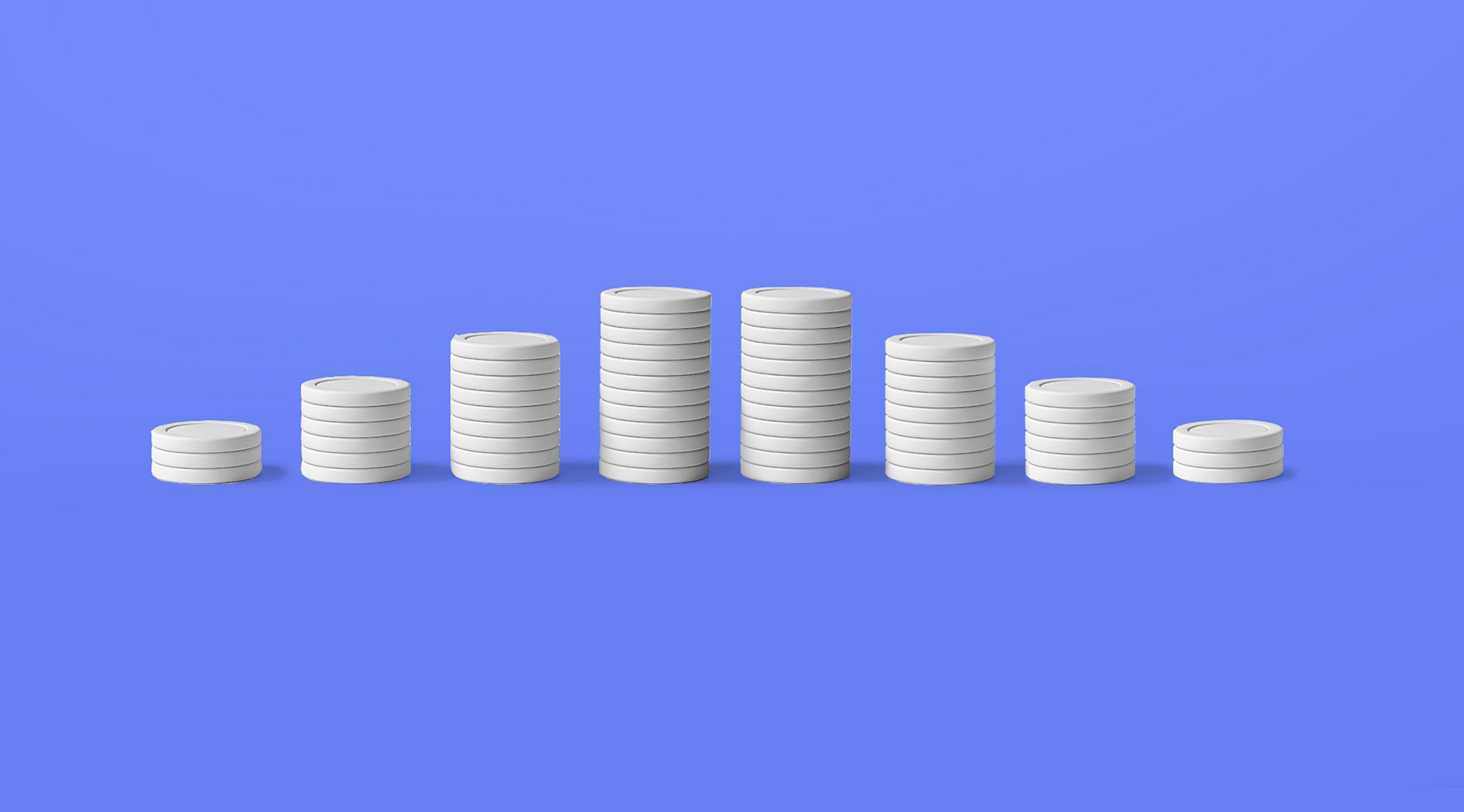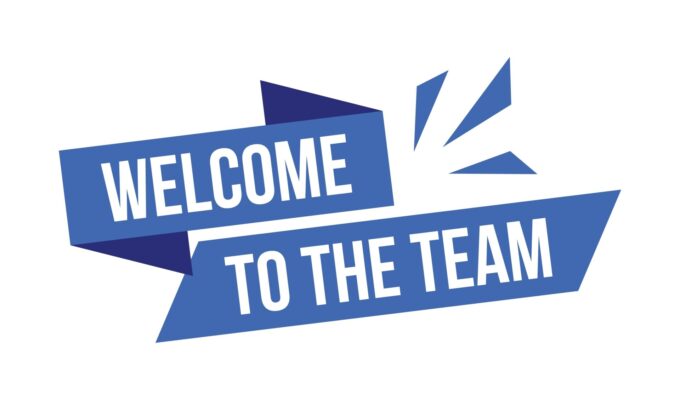Should You Be Concerned About Stagflation?
You may have heard the term in the media lately and wondered what stagflation is, and whether it’s relevant to your situation. In a nutshell, stagflation is a rare economic condition that occurs when three factors converge: slow economic growth, rising prices, and high unemployment.
In 1979, the energy crisis, significant fiscal stimulus, commodity shocks, dollar devaluation, price/wage control policies, and continued monetary expansion drove the Consumer Price Index, which measures changes in prices paid for goods and services, to 13%. Today’s CPI of around 9% pales in comparison, and while we have seen monetary and fiscal expansion recently, several factors point to a more favorable outcome this time around.
1. Our consumer base is much stronger than it was in the 70s – even prior to COVID, Americans had around $1 Trillion in excess savings.
2. Unemployment remains extremely low
3. Our economy is less dependent on foreign energy
4. The Fed is taking a more independent policy stance than in the ‘70s, working hard to influence today’s markets with early rate hikes to gradually slow economic growth to sustainable levels. Should you be concerned about stagflation? While turbulent markets and inflationary prices prevail, the absence of slow economic growth and high unemployment lead us to believe that it is unlikely that we will be facing stagflation any time soon.


 Linkedin
Linkedin
 Facebook
Facebook



